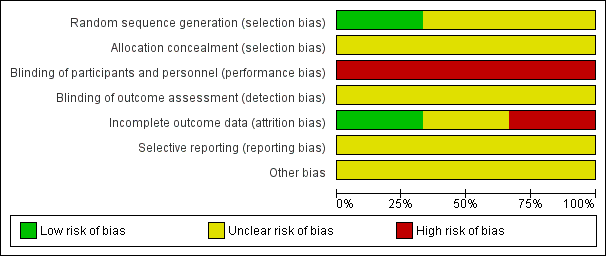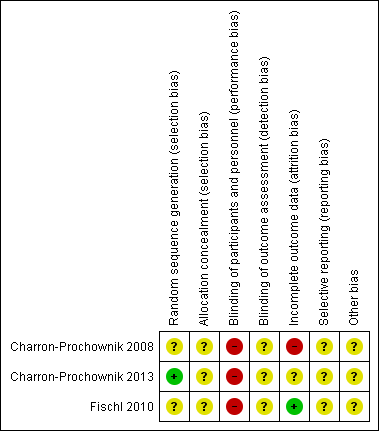Related content
Related reviews and protocols
Shanshan Han, Caroline A Crowther, Philippa Middleton | 18 January 2012
Sally‐Anne S Duke, Stephen Colagiuri, Ruth Colagiuri | 21 January 2009
Kimberly B Harding, Juan Pablo Peña‐Rosas, Angela C Webster, Constance MY Yap, Brian A Payne, Erika Ota, Luz Maria De‐Regil | 5 March 2017
Philippa Middleton, Caroline A Crowther, Lucy Simmonds | 4 May 2016
Kingshuk Pal, Sophie V Eastwood, Susan Michie, Andrew J Farmer, Maria L Barnard, Richard Peacock, Bindie Wood, Joni D Inniss, Elizabeth Murray | 28 March 2013
Aslak Steinsbekk, Lisbeth Ø. Rygg, Monde Lisulo, Marit By Rise, Atle Fretheim | 30 June 2015
Julie Brown, Nisreen A Alwan, Jane West, Stephen Brown, Christopher JD McKinlay, Diane Farrar, Caroline A Crowther | 4 May 2017
Laura Spencer, Tanya Bubner, Emily Bain, Philippa Middleton | 21 September 2015
Jodie M Dodd, Therese Dowswell, Caroline A Crowther | 6 November 2015
Melissa Whitworth, Siobhan Quenby, Ruth O Cockerill, Therese Dowswell | 7 September 2011






